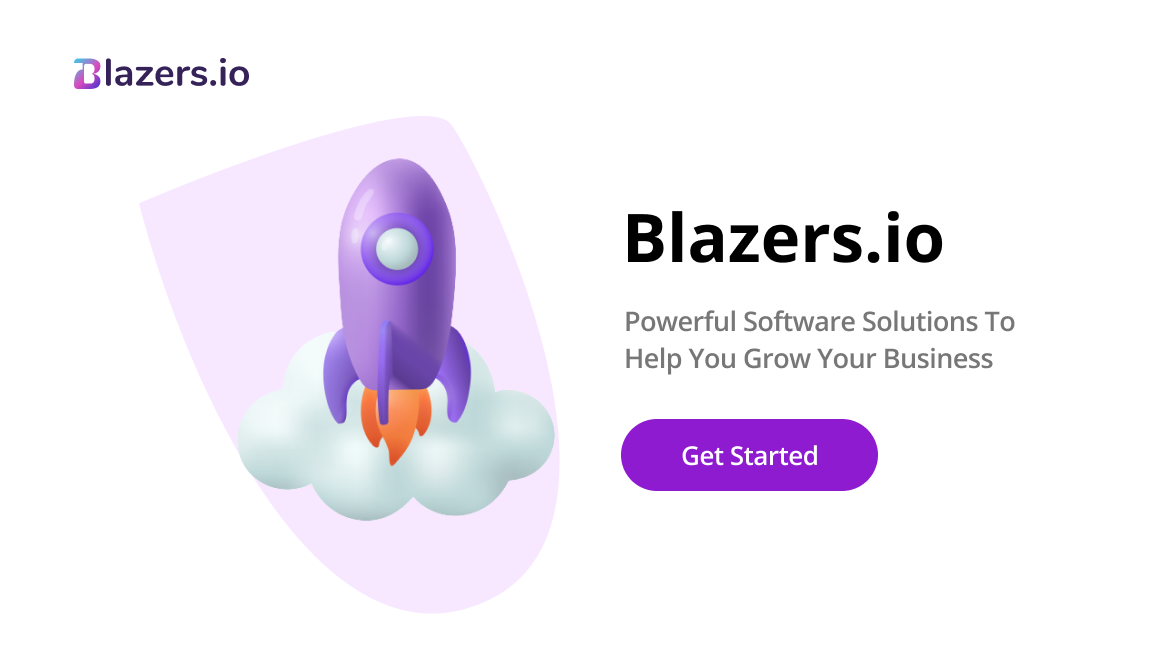Published at leads by Sael
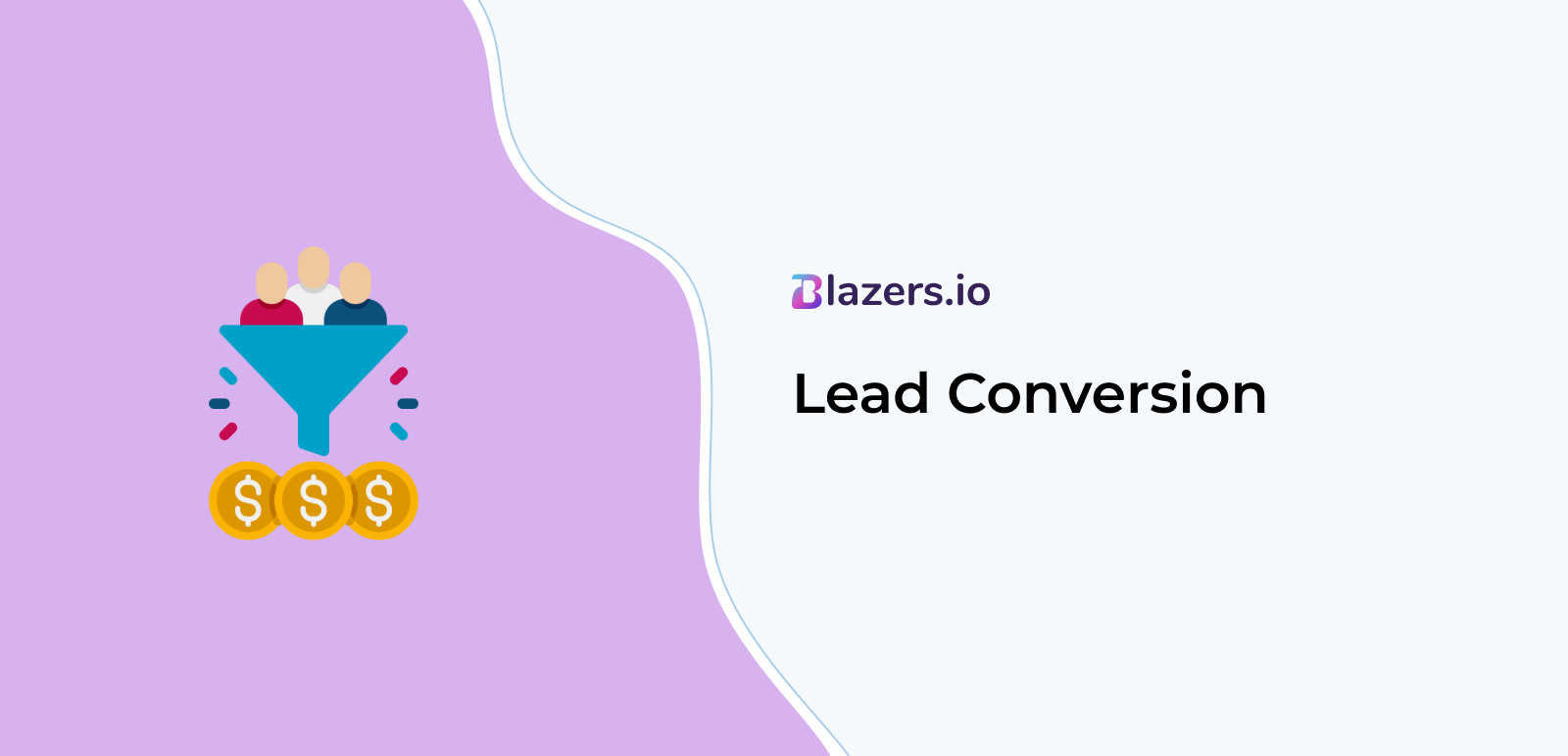
Lead Conversion: Everything you need to know in 2023
Published at leads by Sael
Let's admit it: if you're not turning online or in-person visitors into consumers, your company will only last for a while. Sales generate revenue, which fuels everything else you do.
The ultimate goal of your marketing is lead conversion. Your lead conversion campaigns, and marketing initiatives must be effective. They should convert leads into sales and business possibilities.
For many marketers, lead conversion is a significant challenge. This problem is made worse because many business owners and marketers need to know their lead conversion rate. This is the reason which makes it impossible for them to gauge how well or poorly leads are converting.
Table of Contents:
1. What is Lead Conversion
2. How to create a Lead Conversion Process
2.1 Collect data on potential leads
2.2 Recognize leads with great intention
2.3 Align your sales and marketing team using an SLA
2.4 Create the path for Lead conversion
3. How to calculate Lead conversion?
4. Example
5. Lead Conversion Metrics
6. How to calculate Metrics
7. Eight tips to increase lead conversion rate
7.1 Work with only quality leads
7.2 Make a killer offer
7.3 Include testimonials from clients
7.4 Use extremely clear calls to action
7.5 Provide a Guarantee
7.6 Include a countdown timer
7.7 Enhance your CRM system with leads
7.8 Automate the process of converting Leads
8. Lead Conversion Example
9. Summing Up
1. What is Lead Conversion
Lead conversion is the marketing process of converting leads into paying customers. It includes all marketing strategies that encourage leads to become customers and influence them to make purchases.
To become a client, each lead must go through the lead funnel, which includes the following stages:
- Awareness
- Interest
- Decision
- Action.
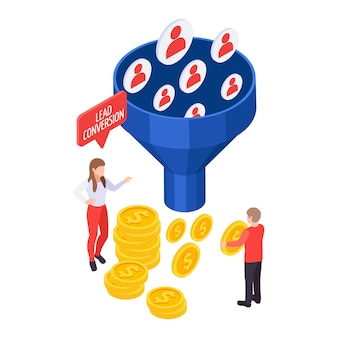
2. How to Create a Lead Conversion Process
According to Unbounce, the average landing page conversion rate for companies in the SaaS sector is 3%, with the majority of sites falling between 2% and 12%.
The benchmark conversion rate for top performers is up to 25%.
For companies using SaaS, the form conversion rate is 2.4%. Contrast this with the 10.1% click conversion rate.
Take into account the following advice and tactics to raise your lead generation and lead-to-sale conversion rates. These lead conversion techniques will aid in increasing the number of visitors who become leads and the number of qualified leads who become customers.
2.1 Collect data on potential leads

Please start with the information you already have about your leads, such as their source, industry, firm, number of employees, and any pain problems. This data will help you develop a plan that aligns with their requirements.
"Understand why these leads are visiting your website first. What is the fundamental issue they are attempting to resolve? ".
"You're much more likely to connect with them and win them over as a new customer if you can establish email nurturing to help them solve that difficulty."
Work on getting it through forms and user research if you still need that data. You may then create a customized conversion process from there.
2.2 Recognize actions with great intention
How can you tell whether a lead is ready to buy? What actions will the lead take? The ability to distinguish between leads who are prepared to make a purchase and those who aren't depends on having these answers.
A lead who only reads the blog entries from your company is probably less ready to buy than one who goes to your price page. Therefore, if you give the sales staff an unqualified lead, they will probably find it much more challenging to close a deal.
How can you prevent that? Work with your sales team to identify the actions that indicate high-intent and low-intent intentions. Marketing professionals can determine the appropriate next steps by describing those activities.
2.3 Align your sales and marketing teams using a SLA

A lead conversion strategy will only work powerfully if sales and marketing are aligned. You'll need to decide on a handoff cadence that works for both sides as one of the things. A service-level agreement (SLA) can help with that.
It usually serves as a summary of a contract between a company and a client. The sales and marketing departments also use it internally to align their lead conversion strategy better.
Each team's objectives, projects, and accountability metrics for a specific time period, like Q1, should be included in an internal SLA. Having said that, when priorities shift with the company, this agreement will need to be updated regularly.
2.4 Create the path for lead conversion

Consider your lead’s path to conversion as a trail of breadcrumbs leading them to a purchase. The journey itself will have offers and calls to action to provide conversion possibilities.
3. How to Calculate Lead Conversion
It's easy to figure out your lead conversion rate: Take your total number of conversions, divide that by your total number of leads, and multiply by 100. That final number is your LCR.
4. Example
Let's say from February to March, you generated 120 qualified leads. From those leads, 35 became customers. The formula will look like this: 35/120 x 100. This means the lead conversion rate for that month was 29.16%.
5. Lead Conversion Metrics
Metrics allow you to assess how successful your marketing efforts are in attaining your objectives. You might come across a wide variety of lead conversion metrics as well.
- Lead conversion rate is a useful tool for evaluating your capacity to draw in customers through lead generation.
- The time to conversion metric lets you see how long it takes a visitor to convert into a lead.
- The cost per conversion reveals the expense involved in acquiring a customer.
- You may calculate the value of leads for your business by using their lead value.
- The lead-to-sale conversion rate indicates the likelihood that a lead will be converted into a sale.
- Conversion ROI aids in monitoring return on investment for each conversion.
6. How to calculate Metrics
Metrics enable you to assess the degree to which your marketing initiatives are accomplishing your objectives. You might come across a wide variety of lead conversion metrics as well. To help you understand the efficiency and expense of your lead conversion, we've selected a number of indicators.
- Lead conversion rate = Total number of new customers / Number of leads*100
- Time to conversion = Total time spent by all visitors / Total number of leads
- Cost per conversion = Total cost of advertising / Number of conversions
- Lead value = Total sales value / Total leads
- Lead-to-sale conversion rate = Converted Leads / Total Lead Volume
- Conversion ROI = (Lead value - Cost) / Cost.
According to Consultancy, the short answer is between 1 and 3 %. To be more specific, optimal conversion rates vary depending on a number of variables, including lead generating methods and lead nurturing techniques.
Furthermore, the target lead conversion rate varies per industry.
7. Eight tips to increase lead conversion rate
Whatever your lead conversion rate is, you can always improve it. We offer some suggestions to assist you increase your conversion rates.
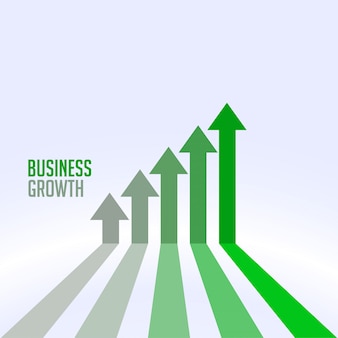
7.1 Work with only quality leads
At least half of leads or prospects end up being the wrong fit for businesses. Concentrate only on individuals who are most likely to become clients. Discover the professions, marital status, location, income, problems, and interests of your leads. Compare their portrait to those of your typical customers or buyer persona.
Try lead scoring to make the evaluation even clearer. It suggests awarding your leads with points based on their level of involvement with your website and brand and their career position.
7.2 Make a Killer Offer
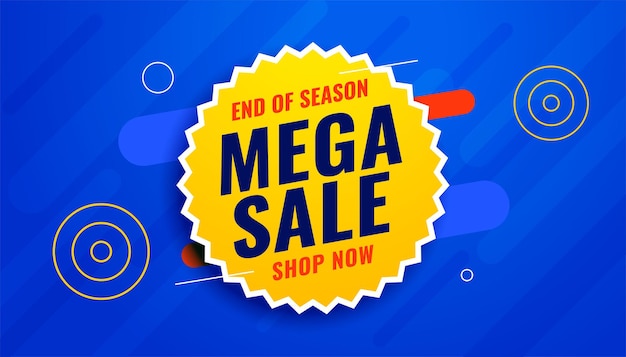
Start with an interesting offer to convert your lead into a buyer. And when we say alluring, we mean customized. 91% of customers are more inclined to make purchases from companies that make offers and recommendations that are highly relevant to their needs.
Learn your leads' preferences by seeing how they interact with your website in order to tailor your offer.
7.3 Include testimonials from clients
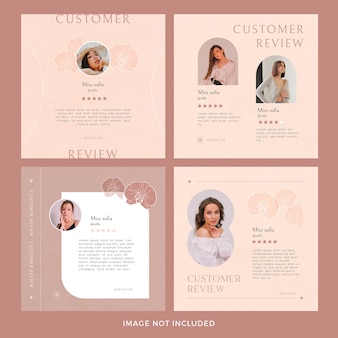
92% of shoppers check reviews before making a purchase. 88% trust testimonials as much as recommendations from friends or family. As a result, endorsements, reviews, and other forms of social proof are effective tools for increasing lead conversion rates. You can include testimonials in your emails, social media posts, PPC advertisements, landing pages, and product pages.
7.4 Use extremely clear calls to action
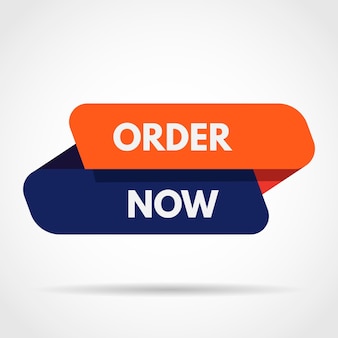
Having too many options may confuse your leads. They might go away from your email or landing page without clicking the CTA button. Here is evidence: Those with one call to action convert at a rate that is 3% higher than pages with five or more.
Carefully edit your text and remove extra calls to action to boost conversion rates. Avoid being confusing; your calls to action must be very clear. Run an A/B test if you're not sure which CTA performs better; it can also boost conversion rates.
7.5 Provide a Guarantee

This action lowers your lead's uncertainty and boosts your conversion rate. Including a 30-day money-back guarantee on the website can improve sales by 21%.
7.6 Include a Countdown Timer
A straightforward approach to entice a lead to make a purchase is to instill a sense of scarcity. Humans have a strong desire for rare items. Add a countdown timer to your offer to further emphasize its limited availability.
Be sincere; otherwise, leads will learn about the false constraints and become suspicious of your suggestions.
7.7 Enhance your CRM system with leads
You may keep all the data about your customer’s and their orders in one location by using a CRM system. This will assist you in creating a step-by-step sales strategy based on the requirements of each client. As a result, you'll not only close business more quickly but also strengthen your customer connections.
7.8 Automate the process of converting leads

79% of the most effective businesses automate their lead generation processes. The platform reduces the amount of time spent on lead conversations. They also generate more leads, providing statistics to assess your efforts and improve your strategy.
8. Lead Conversion Example
Let's examine our hypothetical beef products business, Jo's Free-Range Farms. Jo's Free-Range Farms sells organic beef to local clients as well as national suppliers. The increase in beef prices has had an impact on the business, but for the time being, lead conversion remains stable.
Jo's Free-Range Farms employs both traditional marketing (local advertising, farm stands, and billboards) and digital marketing (healthy livestock blogs, sponsored ads, and social media accounts). The company's goal is to receive about 50 SQLs per month, with a conversion rate of 40%.
The company's lead sources are all beneficial, but website clicks redirected from the healthy livestock blog are the most important. These are leads who read about the company's beliefs and were interested in knowing more—a good place to start.
These prospects are researched and qualified within 24 hours. The sales reps are notified via CRM when they are ready to go. The sales team then launches a tailored outreach strategy for leads coming from this specific source. They recognize that these leads are drawn to the company's beliefs and want to appeal to their interest in ethical meat production. And, thus this approach includes carefully produced evaluations, case studies, and testimonials.
The sales team follows up by sending an automated message. This will schedule a meeting if any leads click on a link in the original outreach email. The sales representatives then engage the leads in discussion. They move them through a set of timed outreach actions to help them complete their purchase. These leads are so targeted that they might even close the purchase by offering a discount to a distributor who only sells organic, sustainable goods.
Although other lead sources may function differently, this is an illustration of a thoroughly considered conversion method.
9. Summing up
The challenge with lead generating tactics isn't so much having too many options as it is deciding which ones are ideal for your business. Over time, these tactics have shown to be among the most effective. However, bear in mind that there isn't a one-size-fits-all solution to this.
When selecting a strategy, take into account the goals and available resources of your business. That is because, what works for one firm might not necessarily work for you.
To convert leads into dedicated customers, you must appropriately feed and nurture them throughout their sales journey. Determine your lead conversion ratio. Also, monitor the lead's progress to spot any chances your brand might be missing to turn leads into customers.
Be patient, concentrate on your lead-generation strategy. Implement these changes if you want to see benefits in your business and make adjustments as needed.





